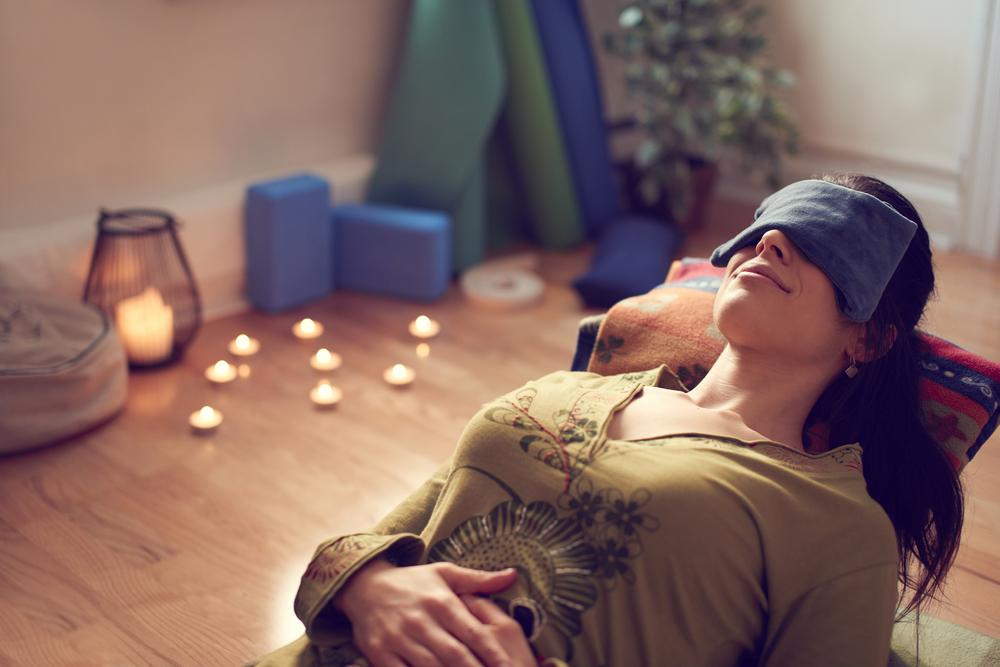In recent years, the medical community has been talking a lot about postural distortions that are wreaking havoc on our bodies. Many of us are even familiar with that relentless chronic back pain. What most people are coming to discover is that they can alter their posture by simply changing up the way that they sleep.
It’s Highly Recommended To Sleep On Your Back
Sleeping on your back is highly recommended by physical therapists, chiropractors, and other physicians alike. This position allows for your spine, neck, and head to remain in a neutral position as you sleep. This neutral position simply allows for no extra pressure to be on these three areas of your body while you snooze.
Our Hunchbacked Society
Recent years have finally revealed some of the harmful effects that technology has on our bodies. The most notable is our posture. With so much screen time in our schedule, we find that our back starts to take on a more hunchback posture. A combination of sleeping on your back regularly and following online stretch guides in the morning to loosen up your back muscles can effectively alter your posture for the better.
Tips for Sleeping On Your Back Every Night
Changing up your sleeping posture can be a big feat. However, if you’re committed to making better changes to your posture, some missed hours of sleep will be water under the bridge in no time at all. To get started on the successful path of back sleeping, we’re going to share with you some useful tips you should start tonight.
- Get a firm supporting bed. It would be best if you had a mattress that will allow your body to stay in a neutral alignment without any parts sinking into the mattress. If a new mattress isn’t in your budget, consider adding pillows to compensate for areas that lack firmness. For example, a soft bed tends to let your butt sink in. Place a pillow underneath your buttocks to provide optimal support throughout the night.
- You should invest in a good pillow. Think of your pillow as a necessary tool for accomplishing your goal of good posture. You want a pillow that will effectively elevate your head and provide adequate neck support. Consider trying out a few different styles until you get one that feels supportive in all the right places.
- Have spare pillows handy. For most people, sleeping on their back is a weird feeling. Having an extra pillow to place underneath your knees or lower back can really do wonders for reducing your body’s need to roll on your side in the middle of the night. You can even create a pillow fortress on both sides of your body to further prevent you from rolling on your side throughout the night.
- Spread out your arms and legs comfortably. One of the first things you’ll likely notice as you change to back sleeping is that your arms and legs feel stiff in the morning. Please do yourself a favor and spread them out. This position helps to distribute your weight and take the pressure off of your joints, so you don’t receive that unwanted stiffness in the morning.
As you attempt to sleep on your back, give these tips a try. It’s best to implement one at a time and see if it helps you. Remember that change isn’t going to happen right away. Rather, you’re going to have to commit to enhancing your sleeping posture every night until back sleeping becomes your new norm.
Stretch Before Bed
Stretching before you head off to bed can help to relax your muscles. This reduction in unwanted pressure on your joints and muscles can assist you in staying in a better sleeping position throughout the night. There are many online stretch guides that you can use to identify the right stretches to relax your aching body.
Sleeping on your back is highly recommended for its positive effect on your posture. If you’re a consistent side or belly sleeper, it’s time to rethink your sleeping posture. By using the tips above, you should be well on your way to a better sleeping posture and a more ache-free day.
We hope you sleep well with these bedtime tips and say goodnight to nighttime lower back pain.
If you live in Alaska and your doctor recommends that you have a sleep study to rule out sleep disorders, contact the Alaska Sleep Clinic to receive a free 10-minute phone consultation with a sleep professional.












